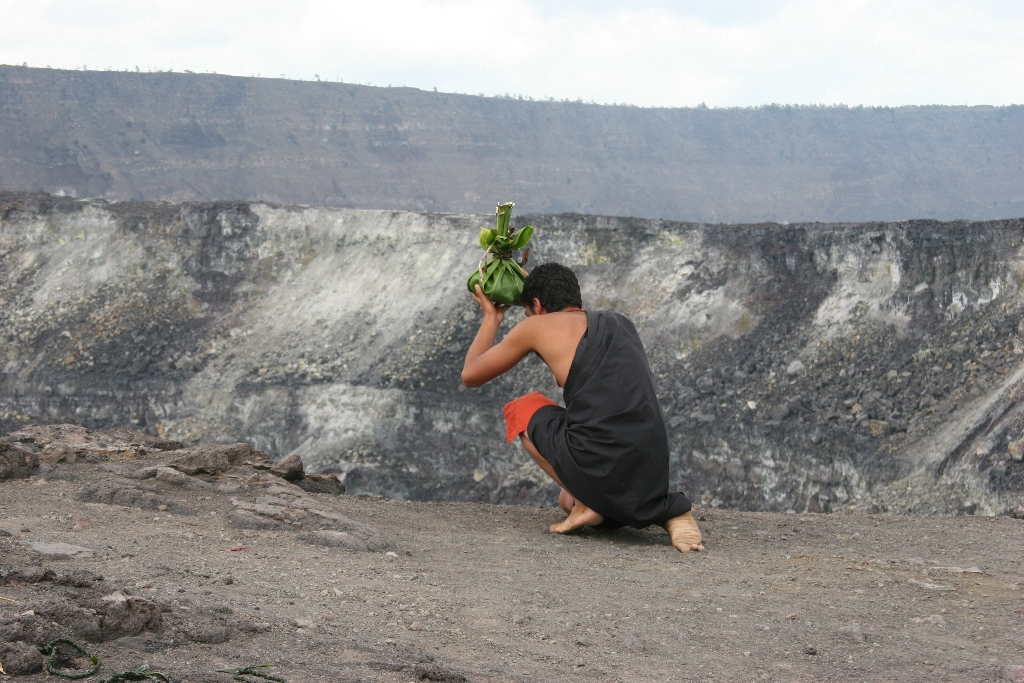
The park remains open 24 hours a day, and the public is reminded to stay safe by following these precautions:
- Volcanic eruptions can be hazardous and change at any time.
- Stay on marked trails and overlooks, and avoid earth cracks and cliff edges. Do not enter closed areas.
- Slow down and drive safely. Expect long waits for parking spaces at popular vantage points like Devastation parking area, and Kīlauea Overlook.
- Visiting at night? Bring a flashlight or headlamp to avoid accidental injury.
- At 4,000 feet (1,200 m) in elevation, the summit of Kīlauea can be chilly at any time. Bring a rain jacket, wear long pants and closed-toe shoes.
- Hazardous volcanic gases are billowing out the crater and present a danger to everyone, especially people with heart or respiratory problems, infants, young children and pregnant women. For more information on air quality visit: https://www.hawaiiso2network.com/
Be Respectful
Park landscapes are cherished places for many people. Is it quiet? Help keep it that way and allow visitors to connect with their surroundings in peace. Think before you take pictures of other visitors and whether they want to hear your music or phones. Take the Pono Pledge to be safe, responsible and respectful to each other and the ʻāina (land) during your visit to Hawaiʻi
Know Before You Go
A spectacular new eruption at the summit of Kīlauea volcano is drawing hundreds of visitors to Hawaiʻi Volcanoes National Park eager to see the billowing plume of gas and steam by day and the reflection of glowing lava deep within the crater after dark. Vantage points for viewing the new eruption include Wahinekapu (Steaming Bluff), Kīlauea Overlook, near Keanakākoʻi, Kūpinaʻi Pali (Waldron Ledge), and other overlooks along Crater Rim Trail.
Have a question?
Park staff are available to answer questions at 808-985-6011.
Stay Safe
It is critical to stay on trails and in designated overlooks when visiting the park. Sinkholes, earth cracks, and unstable cliff edges are not always visible, even in daylight. Do not enter closed areas.
Learn more about how you can have a safe visit on our safety webpage.
Is there something we missed for this itinerary?
Itineraries across USA


















































